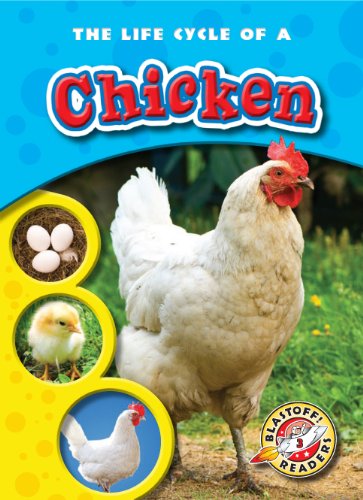-
Tiger Snakes
Ellen Frazel
Library Binding (Bellwether Media, Aug. 1, 2011)These venomous snakes get their name from the tiger stripes on their long bodies. Most common in Australia, tiger snakes live in coastal areas, wetlands, and creeks. Discover more about this snake's habitat, deadly venom, and other unique features. G
G
-
Lobsters
Heather Adamson
Library Binding (Bellwether Media, Aug. 1, 2017)Did you know that clawed lobsters can be right-clawed or left-clawed? Every baby is born with two cutter claws. Then one cutter claw eventually develops into a crusher claw, which determines handedness. Beginning readers will want to get their hands on this ocean animal profile! P
P
-
Life in a Tundra
Kari Schuetz
Library Binding (Bellwether Media, Jan. 1, 2016)Offering a stark contrast to hot, sandy deserts and tropical rain forests, the tundra is buried in snow and ice most of the year. However, life finds a way to flourish. During the short summer, flowers bloom and animals roam the land even though temperatures rarely reach 50 degrees Fahrenheit! This title will teach young readers how plants and animals survive in severe cold. L
L
-
Life in a Grassland
Laura Hamilton Waxman
Library Binding (Bellwether Media, Jan. 1, 2016)Grasslands vary around the globe and are home to many life forms, including big cats and grazing animals. These sprawling fields are found on every single continent except Antarctica. Tropical savannahs and rolling prairies are just two different types of grasslands. Curious young learners are sure to discover that grasslands are a fascinating biome in this engaging title! L
L
-
The Life Cycle of a Penguin
Colleen Sexton
Library Binding (Bellwether Media, Jan. 1, 2010)Penguins must complete their life cycle in very cold temperatures. To protect their eggs from the cold, penguins use brood patches. Students will watch a penguin chick hatch from an egg and grow into an adult. L
L
-
Tide Pools
Colleen Sexton
Library Binding (Bellwether Media, Aug. 1, 2008)Tide pools are filled up and emptied as the tide comes in and goes out. This makes living in them very difficult. Explore how tide pools are host to fascinating creatures such as sea anemones, starfish, crabs, and sea urchins! K
K
-
The Life Cycle of a Sea Horse
Colleen Sexton
Library Binding (Bellwether Media, Jan. 1, 2010)Male sea horses have a unique role in the sea horse life cycle. They carry the eggs and give birth to as many as 200 babies at one time. Young children can track a sea horse's life cycle from egg to fry to adult. O
O
-
Life in a Coral Reef
Kari Schuetz
Library Binding (Bellwether Media, Jan. 1, 2016)Coral reefs are home to thousands of living species, including some of the most vibrant plants and animals on the planet. Many reef inhabitants help each other survive. Sea anemones, for example, provide shelter for clownfish. In return, the striped fish bring tasty treats to the anemones and help lure prey into their tentacles! Dive into this colorful, educational book for young learners. L
L
-
The Life Cycle of a Chicken
Colleen Sexton
Library Binding (Bellwether Media, Aug. 8, 2010)Roosters attract hens by strutting around and showing off their brilliant feathers. This book introduces children to the cycle of a chicken's life, explaining how a chick hatches from an egg and develops into an adult. K
K
-
The Life Cycle of a Bee
Colleen Sexton
Library Binding (Bellwether Media, Jan. 1, 2010)Bees begin their life cycle as eggs in honeycomb cells. Every day, a queen bee can lay as many as 2,000 eggs. Young readers will study a bee's growth from egg to grub to pupa to adult. O
O
-
North America
Emily Rose Oachs
Library Binding (Bellwether Media, Jan. 1, 2016)As the only continent with every climate present, North America hosts an amazing variety of plants and animals. North America holds some of the worlds largest freshwater lakes, where gigantic boats travel and enormous fish swim. Unique for its varied landscape and cross-country highways, North America leaves a great deal for young readers to explore! M
M
